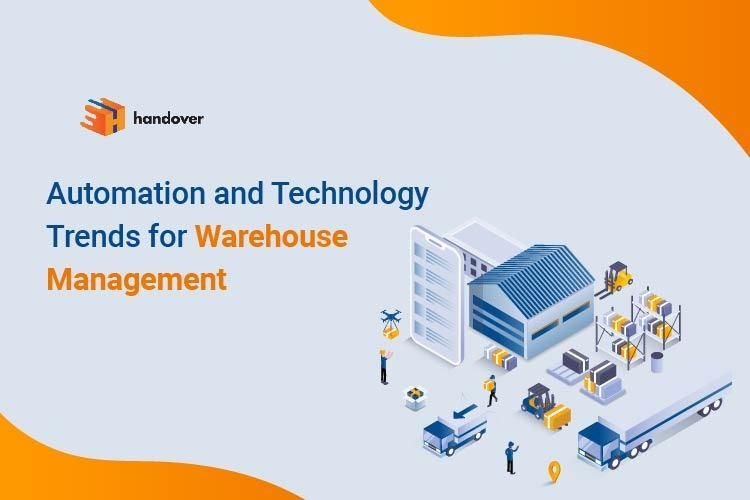Automation and Technology Trends for Warehouse Management
There is an immense need to embrace automated warehouse systems to reduce costs, improve efficiency and streamline warehousing operations. It enables businesses to operate smoothly. When we say warehouse automation, it refers to the adoption of technologies such as robots that help automate warehouse operations to drive higher levels of productivity. Advancements in technology are paving the way for integration of automation in warehouses. And it supports warehouse efficiency, improves accuracy and increases safety. On the other hand, if you don’t adopt technology in your warehouse and solely rely on manual labour, it would be difficult for you to match customers’ expectations. In this article, we will write the trends in warehouse automation.
Trends in Warehouse Automation
There are several trends that businesses integrate to maintain the efficiency of warehouse operations. Here are some trends that shape warehouse operations..
Robots
It’s obvious that machines can work faster than human beings. So, robots are taking a significant role in warehouses because they have capability and configurability to work relentlessly. Warehouses use robots for various tasks such as sorting, picking, packaging, batching, transportation, fulfillment, security and inspection. Businesses are gradually integrating robots in their warehouses to become more efficient.
Cloud-based WMS
Cloud-based Warehouse Management System (WMS) helps businesses maintain the software and hardware to streamline their operations. This helps reduce the burden from in-house IT staff, and enables them to focus on other high-value activities. If you adopt a cloud-based WMS that may delivers several benefits:
Centralised access to information
Cost reductions
More control over inventory
Scalability
Easier integration with other systems and software.
Internet of Things
If you want to automate your warehouse successfully, it needs seamless communication between various moving parts in the distribution facilities. The Internet of Things (IoT) helps in connecting all the disparate devices and systems in the warehouse and that assists warehouse managers in monitoring and coordinating everything from a single touchpoint.
Wireless Fleet Management
Wireless fleet management is another application businesses are integrating in their warehouses to manage and monitor vehicles’ operation. These systems help in monitoring driver performance, vehicle status, compliance, maintenance, etc. Vehicles that are integrated with wireless IoT tech enable you to collect relevant data, including damage alerts, overheating risks and potential problem areas. The following are some of the benefits of using fleet management technology.
Reduced costs via reporting and analytics
Real-time process monitoring and updates
Improving safety
Increasing customer satisfaction




Comments
Post a Comment